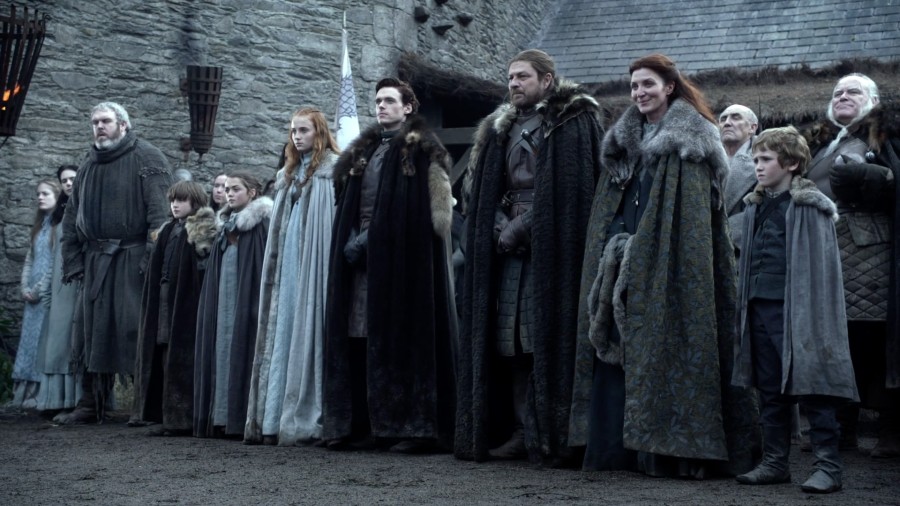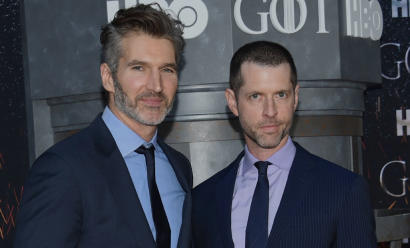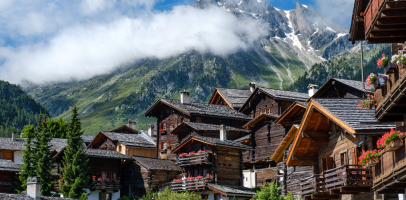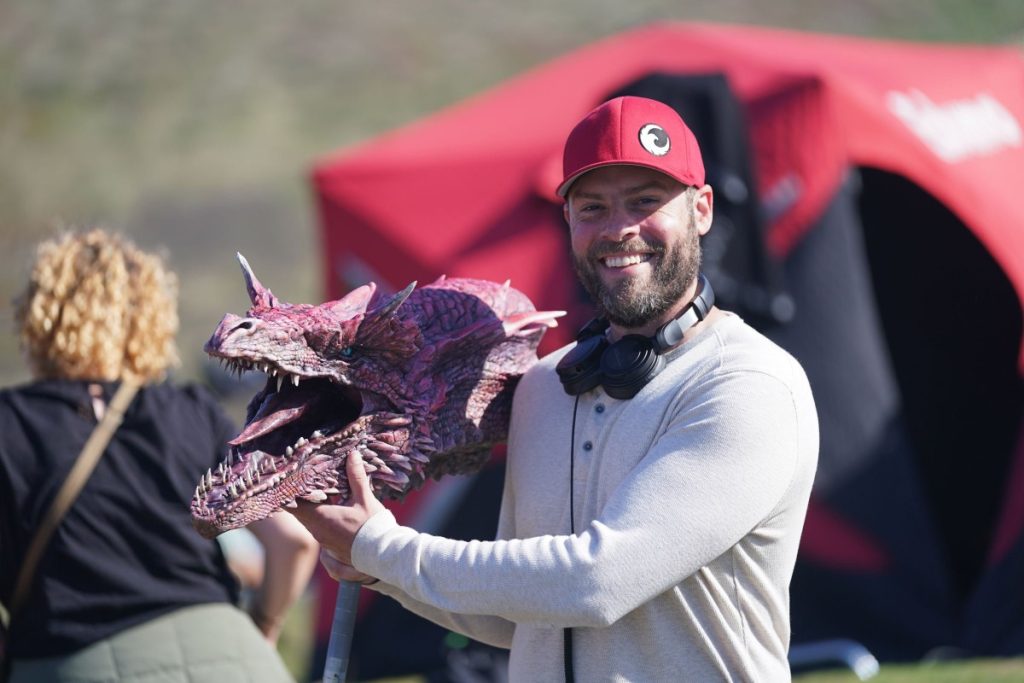George R. R. Martin, the creator of the best-selling book series Game of Thrones, is one of today’s most well-known authors. Since Martin, like other authors, started his career in obscurity, he has encountered the challenges faced by writers who work in the film and television sectors. However, he eventually got sick of it, went back to writing novels, and produced the gem that we’ve all come to love today.
George R.R. Martin left the TV/movie sphere to write something ‘unfilmable’
There was a time when even Martin had trouble getting his script approved. In an interview with Time magazine, the author recalled:
” When I finally left television and film and went into prose in the mid-90s, I said, I don’t care about that anymore, I’m going to write something just as big as my imagination, I’m going to have all the characters I want, and gigantic castles, and dragons, and direwolves, and hundreds of years of history, and a really complex plot, and it’s fine because it’s a book. It’s essentially unfilmable. The irony is, of course, that’s what became filmed.”

The success of The Lord of the Rings films opened the door to Westeros
Martin recalled how The Lord of the Rings paved the way for Game of Thrones’ TV adaptation, “But when the book started hitting the bestseller list, and Peter Jackson’s Lord of the Rings movies started coming out, I immediately started getting interest from Hollywood. I had a number of meetings long before David and Dan, with people who said this is the next Lord of the Rings franchise.
But they couldn’t get a handle on the size of the material, the very thing that I set out to do. I had all these meetings saying, “There’s too many characters, it’s too big — Jon Snow is the central character. We’ll eliminate all the other characters and we’ll make it about Jon Snow.” Or “Daenerys is the central character. We’ll eliminate everyone else and make the movie about Daenerys.” And I turned down all those deals.”
Read Next: George R.R. Martin explains why sexual violence is integral to Game of Thrones and its spinoffs














